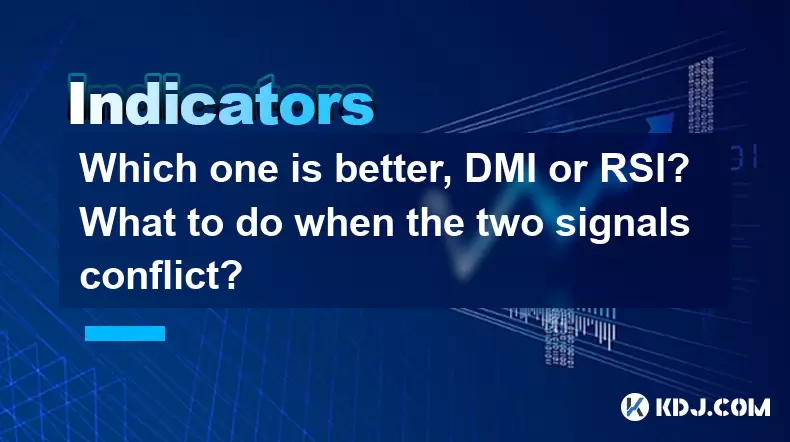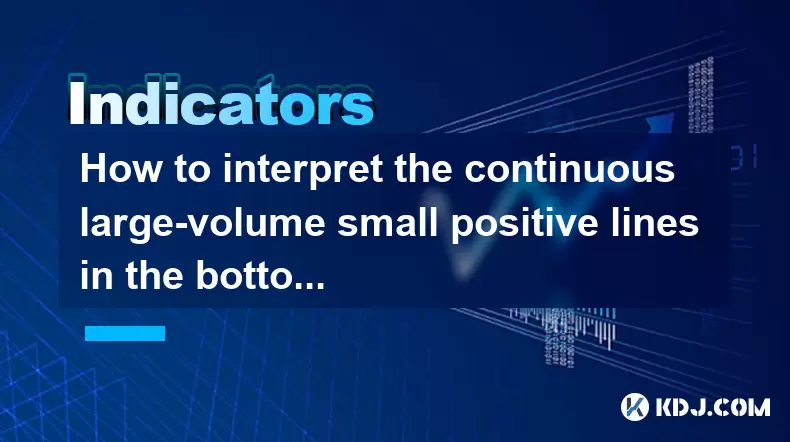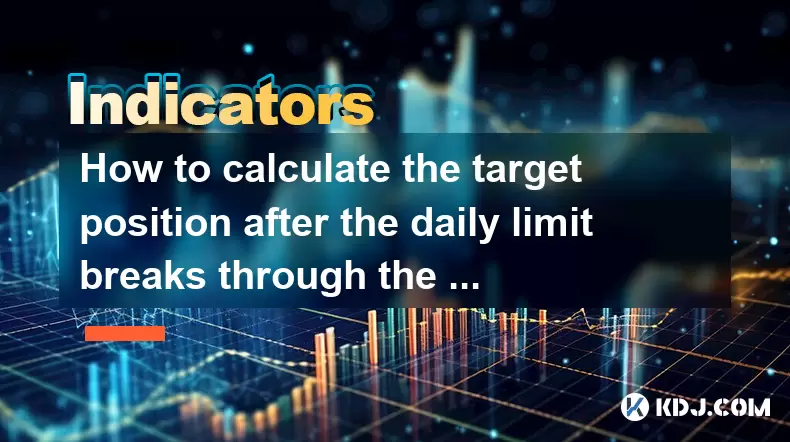-
 Bitcoin
Bitcoin $101,898.5005
-0.75% -
 Ethereum
Ethereum $2,258.1125
-1.07% -
 Tether USDt
Tether USDt $1.0004
0.01% -
 XRP
XRP $2.0178
-2.93% -
 BNB
BNB $624.0243
-1.53% -
 Solana
Solana $134.3298
-0.90% -
 USDC
USDC $0.9999
0.01% -
 TRON
TRON $0.2675
-2.05% -
 Dogecoin
Dogecoin $0.1538
-1.96% -
 Cardano
Cardano $0.5482
-1.11% -
 Hyperliquid
Hyperliquid $35.5636
5.45% -
 Bitcoin Cash
Bitcoin Cash $453.4902
-1.66% -
 Sui
Sui $2.5134
-2.97% -
 UNUS SED LEO
UNUS SED LEO $9.1292
1.77% -
 Chainlink
Chainlink $11.8457
-1.60% -
 Stellar
Stellar $0.2312
-2.73% -
 Avalanche
Avalanche $16.9721
0.29% -
 Toncoin
Toncoin $2.7549
-3.82% -
 Shiba Inu
Shiba Inu $0.0...01081
-1.10% -
 Litecoin
Litecoin $80.8250
-0.71% -
 Hedera
Hedera $0.1374
0.21% -
 Monero
Monero $305.4827
-2.36% -
 Ethena USDe
Ethena USDe $1.0006
0.00% -
 Dai
Dai $1.0000
-0.01% -
 Polkadot
Polkadot $3.2085
-3.12% -
 Bitget Token
Bitget Token $4.0845
-3.13% -
 Uniswap
Uniswap $6.3353
-1.63% -
 Pi
Pi $0.5085
-0.70% -
 Pepe
Pepe $0.0...08913
-3.82% -
 Aave
Aave $232.7090
-0.58%
Which one is better, DMI or RSI? What to do when the two signals conflict?
DMI measures trend strength and direction, while RSI identifies overbought/oversold conditions; use both to enhance trading strategies in crypto markets.
May 24, 2025 at 07:01 am

The debate between the Directional Movement Index (DMI) and the Relative Strength Index (RSI) is a common one among cryptocurrency traders. Both indicators are widely used to help traders make informed decisions, but they serve different purposes and can sometimes provide conflicting signals. In this article, we will explore the strengths and weaknesses of each indicator, and provide guidance on what to do when their signals conflict.
Understanding DMI
The Directional Movement Index (DMI) is a technical indicator developed by J. Welles Wilder to measure the strength of a price trend. It consists of three lines: the Positive Directional Indicator (+DI), the Negative Directional Indicator (-DI), and the Average Directional Index (ADX). The +DI and -DI lines help identify the direction of the trend, while the ADX line measures the strength of the trend.
When using DMI, traders typically look for crossovers between the +DI and -DI lines to identify potential buy or sell signals. If the +DI line crosses above the -DI line, it suggests a bullish trend, and traders may consider buying. Conversely, if the -DI line crosses above the +DI line, it indicates a bearish trend, and traders might consider selling. The ADX line, on the other hand, helps traders determine the strength of the trend. An ADX value above 25 typically indicates a strong trend, while values below 20 suggest a weak or non-existent trend.
Understanding RSI
The Relative Strength Index (RSI) is another popular technical indicator developed by J. Welles Wilder. It measures the speed and change of price movements and is typically used to identify overbought or oversold conditions in the market. The RSI is calculated on a scale of 0 to 100, with readings above 70 indicating overbought conditions and readings below 30 suggesting oversold conditions.
Traders use the RSI to identify potential reversal points in the market. If the RSI reaches above 70, it may indicate that the asset is overbought and due for a price correction. Conversely, if the RSI drops below 30, it may suggest that the asset is oversold and due for a price rebound. Some traders also look for divergences between the RSI and price movements as a sign of potential trend reversals.
Comparing DMI and RSI
Both DMI and RSI are valuable tools for cryptocurrency traders, but they serve different purposes. DMI focuses on trend direction and strength, making it useful for identifying and confirming trends. On the other hand, RSI is more focused on momentum and overbought/oversold conditions, making it useful for identifying potential reversal points.
When comparing the two indicators, it's important to consider their strengths and weaknesses. DMI is particularly effective in trending markets, where it can help traders stay in trades longer and capitalize on strong trends. However, it may struggle in choppy or range-bound markets, where false signals can be more common. RSI, on the other hand, is more effective in identifying potential reversal points, but it can also produce false signals, especially in strong trending markets.
What to Do When DMI and RSI Signals Conflict
It's not uncommon for DMI and RSI to provide conflicting signals, especially in volatile cryptocurrency markets. When this happens, traders need to carefully evaluate the situation and consider additional factors before making a decision.
Here are some steps to take when DMI and RSI signals conflict:
Evaluate the Overall Market Context: Consider the broader market conditions and whether the market is in a strong trend or experiencing choppy, range-bound movements. This can help you determine which indicator is more likely to be reliable in the current environment.
Check for Additional Confirmations: Look for additional technical indicators or chart patterns that can help confirm or contradict the signals from DMI and RSI. For example, if the DMI suggests a bullish trend but the RSI indicates overbought conditions, you might look for bullish chart patterns or other momentum indicators to confirm the trend.
Consider the Timeframe: Different timeframes can produce different signals. If the signals conflict on a shorter timeframe, consider looking at a longer timeframe to see if the signals align better. This can help you get a clearer picture of the overall trend and momentum.
Use Risk Management: Regardless of the signals, always use proper risk management techniques, such as setting stop-loss orders and managing position sizes. This can help you minimize potential losses if the conflicting signals lead to a false signal.
Practical Example of DMI and RSI in Action
To illustrate how DMI and RSI can be used in a real-world trading scenario, let's consider a hypothetical example involving Bitcoin (BTC).
Imagine that you're analyzing the daily chart of Bitcoin and notice the following signals:
- DMI: The +DI line has crossed above the -DI line, suggesting a bullish trend. The ADX line is above 25, indicating a strong trend.
- RSI: The RSI is currently at 72, indicating overbought conditions.
In this scenario, the DMI suggests a strong bullish trend, while the RSI indicates that the market may be overbought and due for a correction. To resolve this conflict, you might take the following steps:
Evaluate the Overall Market Context: Look at the broader cryptocurrency market to see if other assets are also showing bullish trends. If the overall market sentiment is bullish, the DMI signal might be more reliable.
Check for Additional Confirmations: Look for other technical indicators or chart patterns that can help confirm the bullish trend. For example, if the moving averages are also showing a bullish crossover, it might support the DMI signal.
Consider the Timeframe: Check the signals on a longer timeframe, such as the weekly chart. If the DMI and RSI signals align better on the weekly chart, it might suggest that the bullish trend is more sustainable.
Use Risk Management: If you decide to enter a long position based on the DMI signal, set a stop-loss order below a recent swing low to manage potential losses. Additionally, consider using a smaller position size to limit risk.
Combining DMI and RSI for Enhanced Trading
While DMI and RSI can sometimes provide conflicting signals, they can also be used together to enhance trading strategies. By combining the strengths of both indicators, traders can gain a more comprehensive view of the market and make more informed decisions.
Here are some ways to combine DMI and RSI for enhanced trading:
Trend Confirmation: Use DMI to confirm the direction and strength of the trend. Once a trend is confirmed, use RSI to identify potential entry and exit points within that trend. For example, if DMI indicates a strong bullish trend, look for RSI to drop below 30 as a potential entry point.
Divergence Signals: Look for divergences between price movements and RSI readings. If the price is making higher highs but the RSI is making lower highs, it may indicate a bearish divergence. Use DMI to confirm the weakening trend before considering a trade based on the divergence signal.
Overbought/Oversold Conditions in Trends: Use RSI to identify overbought or oversold conditions within a strong trend identified by DMI. If DMI indicates a strong bullish trend and RSI drops below 30, it might be a good entry point for a long position. Conversely, if DMI indicates a strong bearish trend and RSI rises above 70, it might be a good entry point for a short position.
Frequently Asked Questions
Q: Can DMI and RSI be used on different timeframes?
A: Yes, both DMI and RSI can be used on different timeframes. Traders often use multiple timeframes to get a more comprehensive view of the market. For example, you might use DMI on a daily chart to identify the overall trend and RSI on a shorter timeframe, such as a 1-hour chart, to find entry and exit points within that trend.
Q: Are there any other indicators that can be used in conjunction with DMI and RSI?
A: Yes, there are several other indicators that can be used in conjunction with DMI and RSI to enhance trading strategies. Some popular options include moving averages, Bollinger Bands, and the Moving Average Convergence Divergence (MACD). These indicators can provide additional confirmations and help traders make more informed decisions.
Q: How often should I check DMI and RSI signals?
A: The frequency of checking DMI and RSI signals depends on your trading style and timeframe. For day traders, checking these indicators every few hours or even more frequently may be necessary. For swing traders, checking the indicators once or twice a day might be sufficient. It's important to find a balance that allows you to stay informed without becoming overwhelmed by constant monitoring.
Q: Can DMI and RSI be used for all cryptocurrencies?
A: Yes, DMI and RSI can be used for all cryptocurrencies. These indicators are versatile and can be applied to any asset with price data. However, it's important to consider the liquidity and volatility of the specific cryptocurrency you're trading, as these factors can affect the reliability of the signals.
Disclaimer:info@kdj.com
The information provided is not trading advice. kdj.com does not assume any responsibility for any investments made based on the information provided in this article. Cryptocurrencies are highly volatile and it is highly recommended that you invest with caution after thorough research!
If you believe that the content used on this website infringes your copyright, please contact us immediately (info@kdj.com) and we will delete it promptly.
- XRP Rally Meets Neo Pepe Presale: A Meme Coin Revolution?
- 2025-06-23 17:05:13
- Coin-Op Comeback: Arcade Bars, Stern, and a Director's New Venture
- 2025-06-23 16:45:12
- XRP in Japan: From Community Day Tacos to Payment Sector Transformation
- 2025-06-23 17:05:13
- LILPEPE Presale Frenzy: The Meme Coin Revolution is Here, Ya'll!
- 2025-06-23 16:45:12
- Bitcoin Crash Incoming? Kiyosaki Bets Big on Silver Amidst Global Uncertainty
- 2025-06-23 17:25:11
- Dogecoin, Meme Coins, Price Prediction: Riding the Bullish Wave?
- 2025-06-23 17:25:11
Related knowledge

Is the high opening and low closing and huge volume the next day a trap for more?
Jun 23,2025 at 05:07pm
Understanding High Opening and Low Closing with Huge VolumeWhen traders observe a high opening followed by a low closing and massive volume the next day, it often raises concerns about whether this is a trap set by larger players in the market. This pattern typically indicates strong volatility within a short period, which can confuse retail investors. ...

How to interpret the MACD's second golden cross on the water but insufficient volume?
Jun 23,2025 at 05:01pm
Understanding the MACD Indicator and Its SignificanceThe Moving Average Convergence Divergence (MACD) is a widely used technical analysis tool in cryptocurrency trading. It helps traders identify potential buy or sell signals by showing the relationship between two moving averages of an asset’s price. The MACD line, signal line, and histogram are the th...

How much volume is required for the W-bottom to break through the neckline of the time-sharing chart?
Jun 23,2025 at 04:21pm
Understanding the W-Bottom Pattern in Cryptocurrency TradingThe W-bottom pattern is a popular technical analysis formation used by traders to identify potential bullish reversals. It typically appears at the end of a downtrend and resembles the letter 'W' on price charts. In the context of cryptocurrency trading, where volatility is high and trends shif...

How to interpret the continuous large-volume small positive lines in the bottom area?
Jun 23,2025 at 04:43pm
Understanding the Basics of 'Large-Volume Small Positive Lines'In technical analysis, especially within the cryptocurrency market, the pattern known as 'large-volume small positive lines' refers to a scenario where the price increases slightly (small positive candlestick) but is accompanied by unusually high trading volume. This phenomenon typically occ...

How to read the sideways consolidation after the bottom volume and long positive line?
Jun 23,2025 at 02:28pm
Understanding the Sideways ConsolidationWhen analyzing cryptocurrency charts, sidewards consolidation refers to a phase where prices move within a narrow range without a clear upward or downward trend. This pattern often appears after significant price movements, such as a sharp increase followed by a period of equilibrium between buyers and sellers. In...

How to calculate the target position after the daily limit breaks through the previous high?
Jun 23,2025 at 02:57pm
Understanding the Daily Limit BreakthroughIn cryptocurrency trading, a daily limit typically refers to the maximum price movement allowed within a single trading day on certain exchanges. When this limit is breached, especially when it surpasses the previous high, traders often seek to calculate the target position or expected price movement following s...

Is the high opening and low closing and huge volume the next day a trap for more?
Jun 23,2025 at 05:07pm
Understanding High Opening and Low Closing with Huge VolumeWhen traders observe a high opening followed by a low closing and massive volume the next day, it often raises concerns about whether this is a trap set by larger players in the market. This pattern typically indicates strong volatility within a short period, which can confuse retail investors. ...

How to interpret the MACD's second golden cross on the water but insufficient volume?
Jun 23,2025 at 05:01pm
Understanding the MACD Indicator and Its SignificanceThe Moving Average Convergence Divergence (MACD) is a widely used technical analysis tool in cryptocurrency trading. It helps traders identify potential buy or sell signals by showing the relationship between two moving averages of an asset’s price. The MACD line, signal line, and histogram are the th...

How much volume is required for the W-bottom to break through the neckline of the time-sharing chart?
Jun 23,2025 at 04:21pm
Understanding the W-Bottom Pattern in Cryptocurrency TradingThe W-bottom pattern is a popular technical analysis formation used by traders to identify potential bullish reversals. It typically appears at the end of a downtrend and resembles the letter 'W' on price charts. In the context of cryptocurrency trading, where volatility is high and trends shif...

How to interpret the continuous large-volume small positive lines in the bottom area?
Jun 23,2025 at 04:43pm
Understanding the Basics of 'Large-Volume Small Positive Lines'In technical analysis, especially within the cryptocurrency market, the pattern known as 'large-volume small positive lines' refers to a scenario where the price increases slightly (small positive candlestick) but is accompanied by unusually high trading volume. This phenomenon typically occ...

How to read the sideways consolidation after the bottom volume and long positive line?
Jun 23,2025 at 02:28pm
Understanding the Sideways ConsolidationWhen analyzing cryptocurrency charts, sidewards consolidation refers to a phase where prices move within a narrow range without a clear upward or downward trend. This pattern often appears after significant price movements, such as a sharp increase followed by a period of equilibrium between buyers and sellers. In...

How to calculate the target position after the daily limit breaks through the previous high?
Jun 23,2025 at 02:57pm
Understanding the Daily Limit BreakthroughIn cryptocurrency trading, a daily limit typically refers to the maximum price movement allowed within a single trading day on certain exchanges. When this limit is breached, especially when it surpasses the previous high, traders often seek to calculate the target position or expected price movement following s...
See all articles
























































































